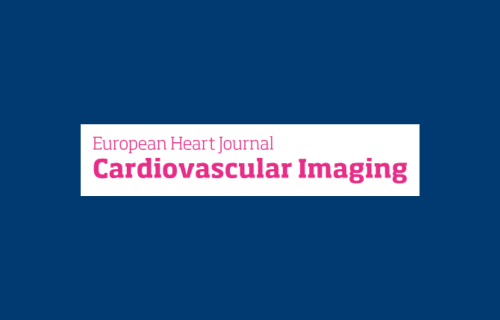Congratulations to medicine student Conor Kane on his recently published paper
Monday, 7 July, 2025
Share

Congratulations to third year medicine student (soon to be fourth year), Conor Kane, on his manuscript ‘Right Ventricular-Pulmonary Artery Coupling in Patients with Tricuspid Valve Regurgitation: Use of Echocardiography-derived Pulmonary Artery Effective Elastance’ being published in the European Heart Journal of Cardiovascular Imaging. Conor is first author on the paper.
This research evaluated a simple, non-invasive measurement of the relationship between the right ventricle's ability to pump blood and the resistance it faces from the pulmonary arteries, the pulmonary artery effective elastance (PA Ea), and how this measure may be helpful to risk-stratify patients with significant tricuspid valve regurgitation. In over 12,500 patients, higher PA Ea was shown to progressively associate with RV dysfunction, right heart failure, and worse survival. Incorporating PA Ea into the routine echo assessment of patients with TR may help stratify risk. Please see the abstract and the online link below.
Conor worked on this research at Mayo Clinic during summer in 2024. Conor will be presenting at the Mayo Clinic AI Summit tomorrow, 8th July, with an updated version of his project on the feasibility and accuracy of AI-guided cardiovascular-focused ultrasound performed by novice scanners with no clinical or imaging experience in detecting Stage B heart failure.
A huge congratulations to Conor and all the best for tomorrow!
Abstract
Aims
Tricuspid valve regurgitation (TR) is common and associated with increased mortality. The interaction between the pulmonary artery (PA) circulation and the right ventricle (RV) and association with outcomes is incompletely understood. The effective PA elastance (PA Ea) is a composite measure of RV afterload that refers to the pulmonary vascular load that the RV must overcome to eject blood. Whether PA Ea discriminates mortality risk in unselected patients with significant TR is unknown.
Methods and results
In consecutive patients with ≥moderate TR, we compared all-cause mortality at 5 years based on the PA Ea (defined as the RV systolic pressure/stroke volume as measured by transthoracic echocardiography). In a total of 12 682 patients, the median PA Ea was 0.7 mm Hg/mL (interquartile range 0.5, 0.9). Increasing levels of PA Ea were associated with heart failure, liver and kidney disease, and clinical markers of risk such as the Tricuspid Regurgitation Impact on Outcomes score. Increasing levels of PA Ea were associated with larger RVs, worse RV systolic function, higher N-terminal pro-brain natriuretic peptide levels, and greater degrees of right heart failure. After adjusting for age and sex, PA Ea was associated with higher risk of death (hazard ratio 1.55 per 0.5 mm Hg/mL change of PA Ea; 95% confidence intervals 1.51–1.60; P < 0.0001). In multivariable modelling incorporating available clinical variables, PA Ea was independently predictive of outcome compared with other indexes of RV–PA coupling.
Conclusion
In patients with significant TR, higher PA Ea is progressively associated with RV dysfunction, right heart failure, and worse survival. Incorporating PA Ea into the routine echo assessment may help stratify risk.
Link to the (opens in a new window)journal article.